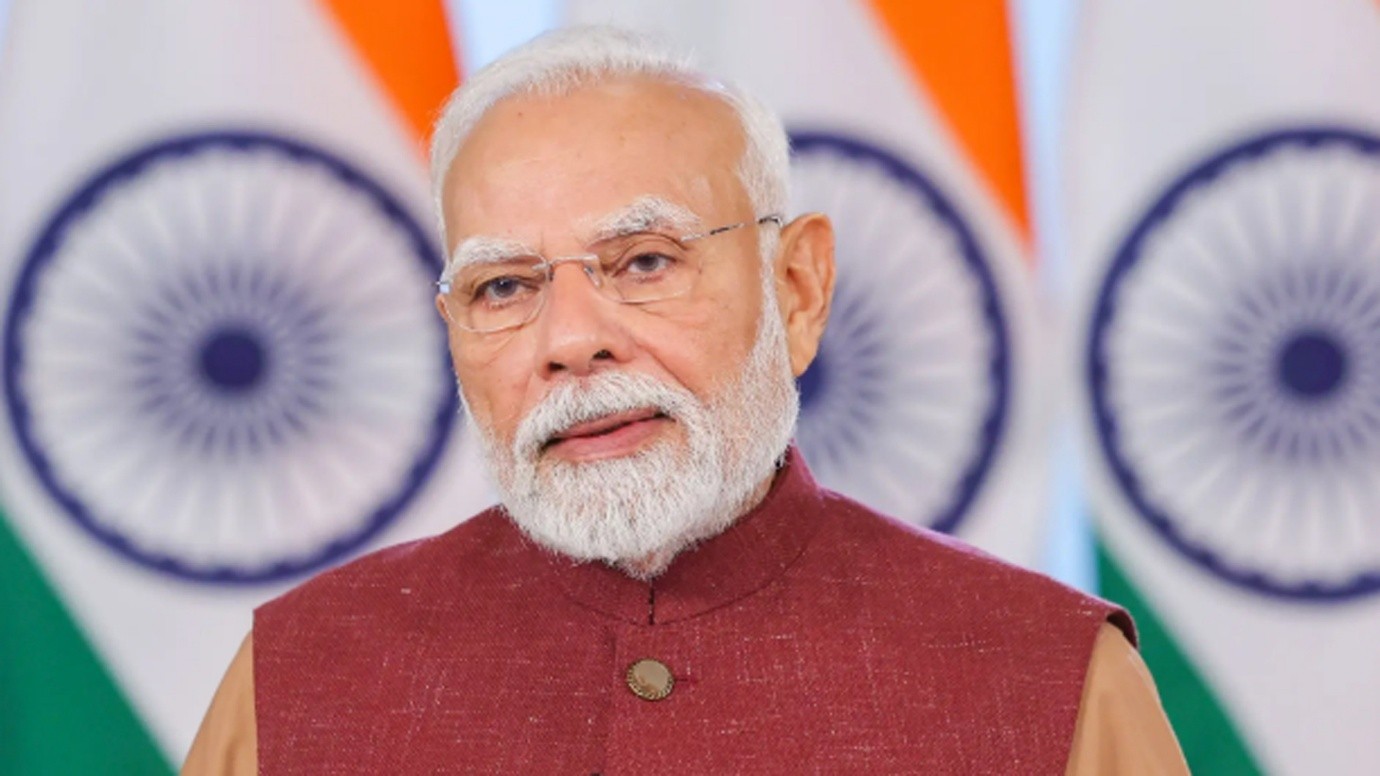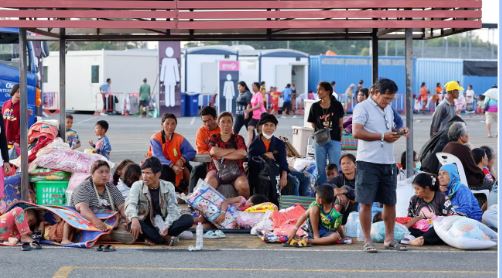Description

Copyright infringement not intended
Picture Courtesy: https://indianexpress.com/article/explained/lok-sabha-election-results-counting-centres-9369971/
Context: The 2024 Lok Sabha vote counting supervised by the Returning Officer (RO), involves counting officials, EVMs, postal ballots, and VVPAT tallying.
Details
- The process of counting votes for the 2024 Lok Sabha elections is meticulously organised and supervised to ensure accuracy and transparency.
Who is in Charge?
- Returning Officer (RO): The RO, generally the District Magistrate, oversees the counting. They are appointed by the Election Commission of India (ECI).
- Assistant Returning Officers (AROs): These officials assist the RO, especially in constituencies with multiple segments.
- Counting Officials: Counting supervisors (usually gazetted officers), counting assistants, and Group D employees are appointed to count votes. Micro observers ensure the sanctity of the process.
Who is Allowed Inside?
- Permitted Individuals: Counting supervisors, assistants, micro-observers, ECI-authorized persons, public servants on election duty, candidates, election agents, and counting agents are allowed in the counting hall.
- Prohibited Individuals: Police officers, government ministers, and anyone carrying a mobile phone (except the ECI Observer) are not allowed inside.

Counting Locations
- Determination of Location: The RO designates the counting place at least one week before the poll date. This is typically at the RO's headquarters within the constituency but can be outside if necessary.
- Separate Counting Halls: Each Assembly constituency or segment is counted in separate halls, with a maximum of 14 counting tables per hall, in addition to the RO’s table.
Counting Process
- Postal Ballot Counting: This begins first at the RO's table.
- EVM Counting: Starts 30 minutes after postal ballots. EVMs are taken from a secure Strong Room in the presence of the Observer, RO/ARO, and candidates or their agents.
- EVM Procedure: The Control Unit (CU) of each EVM is used to display results, which are recorded in Form 17C. The results are announced for each round after verification.
|
The process includes videography, logbooks, and secure handling of EVMs and VVPATs to ensure transparency.
|
Announcement of Results
- Round-wise Announcements: After each round, the RO announces the results and signs the records.
- VVPAT Verification: After EVM counting, VVPAT slips are verified. This sequential process takes about an hour per machine.
Source:
Indian Express
|
PRACTICE QUESTION
Q. Some argue that frequent elections can lead to short-term policymaking and a focus on winning the next election rather than long-term planning. How can the need for regular elections be balanced with the ability to implement long-term policies in a democracy?
|










